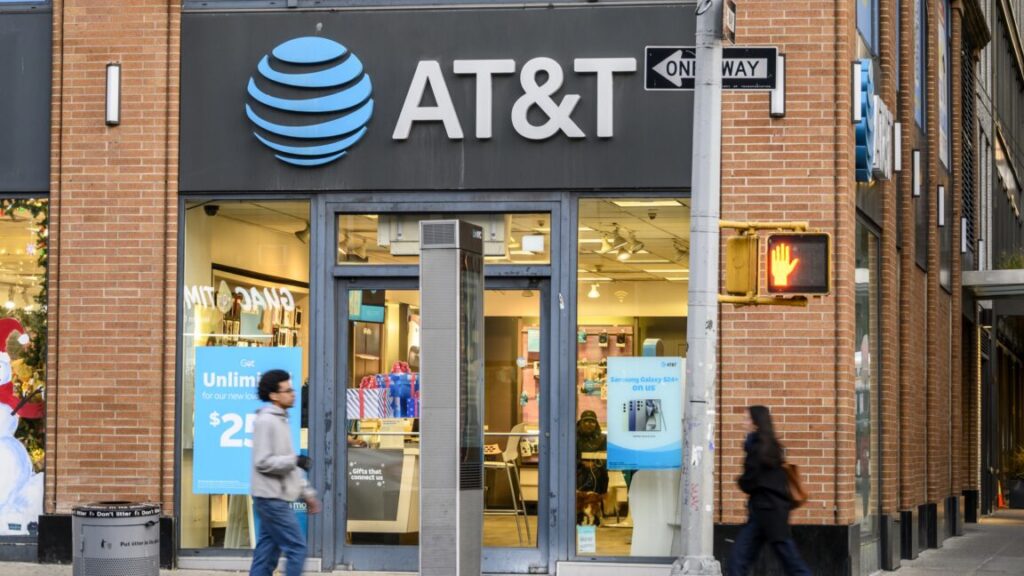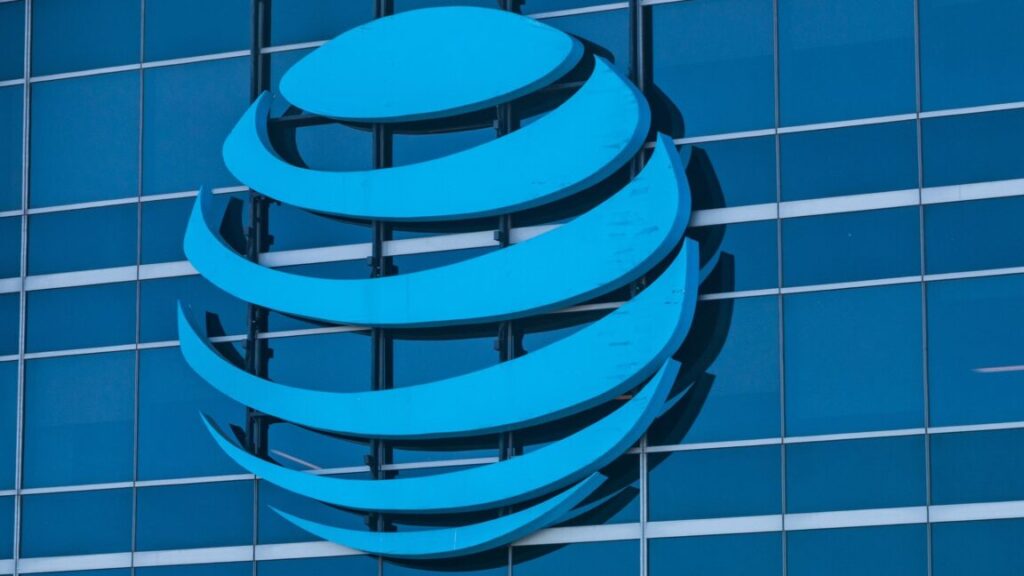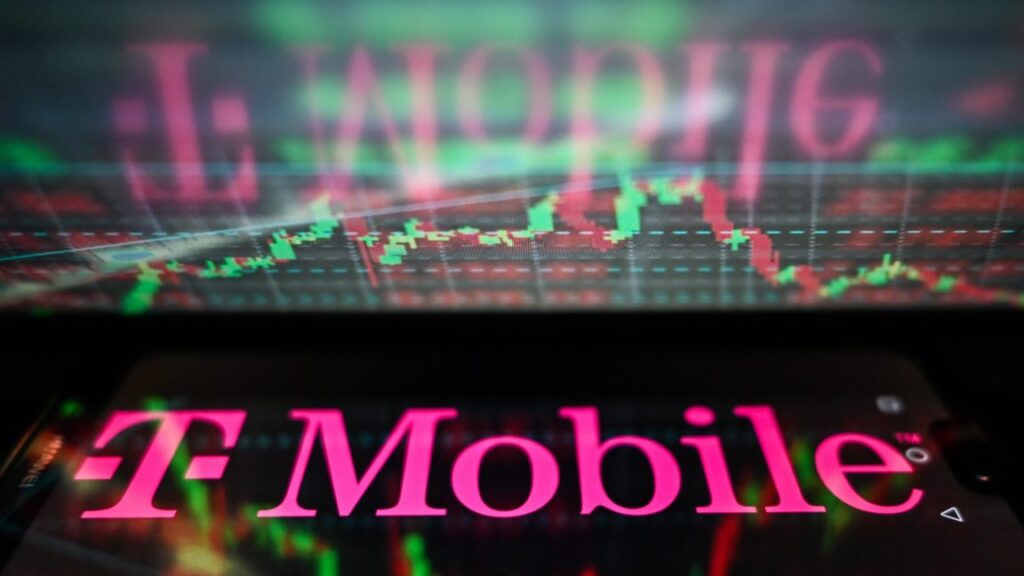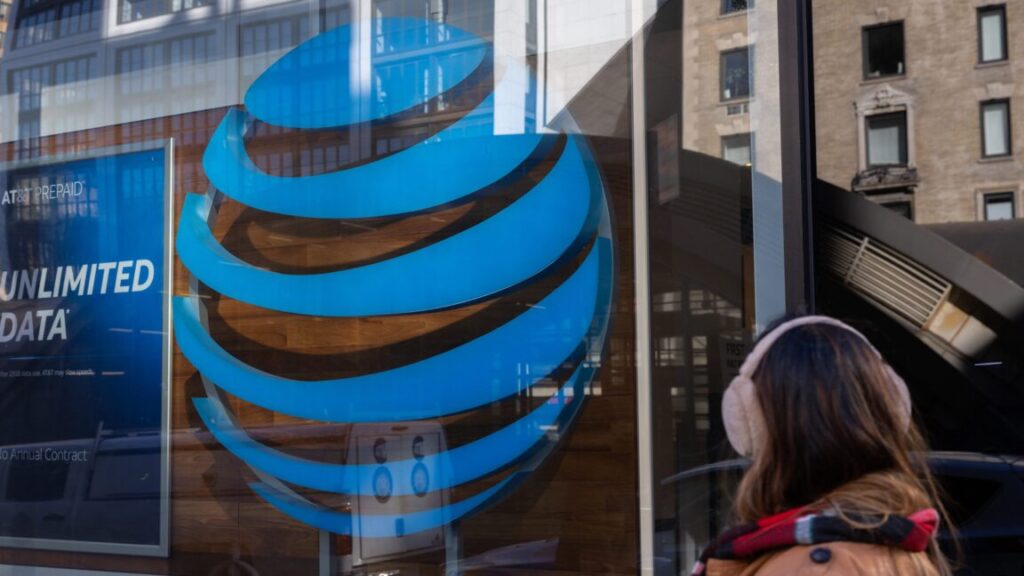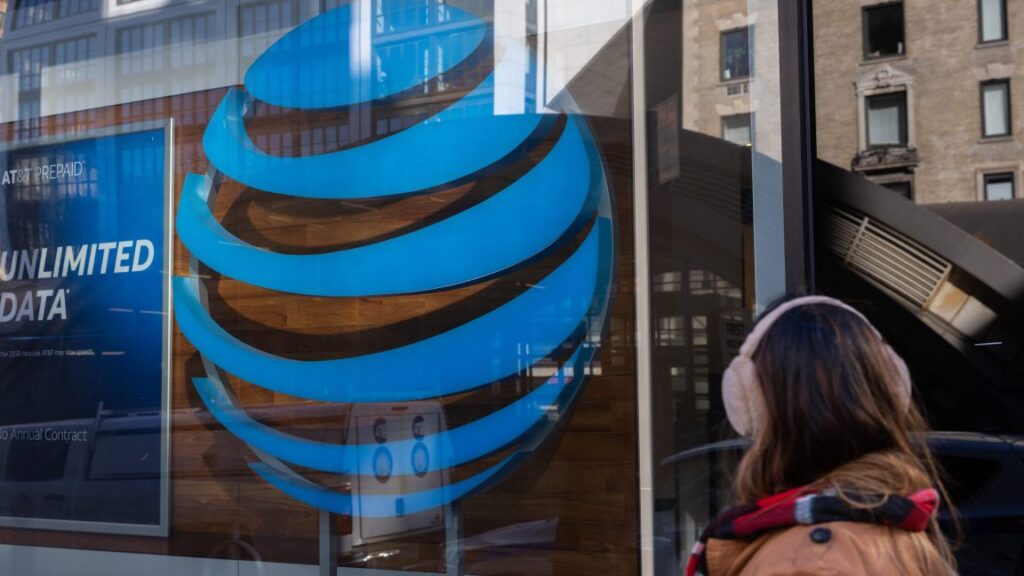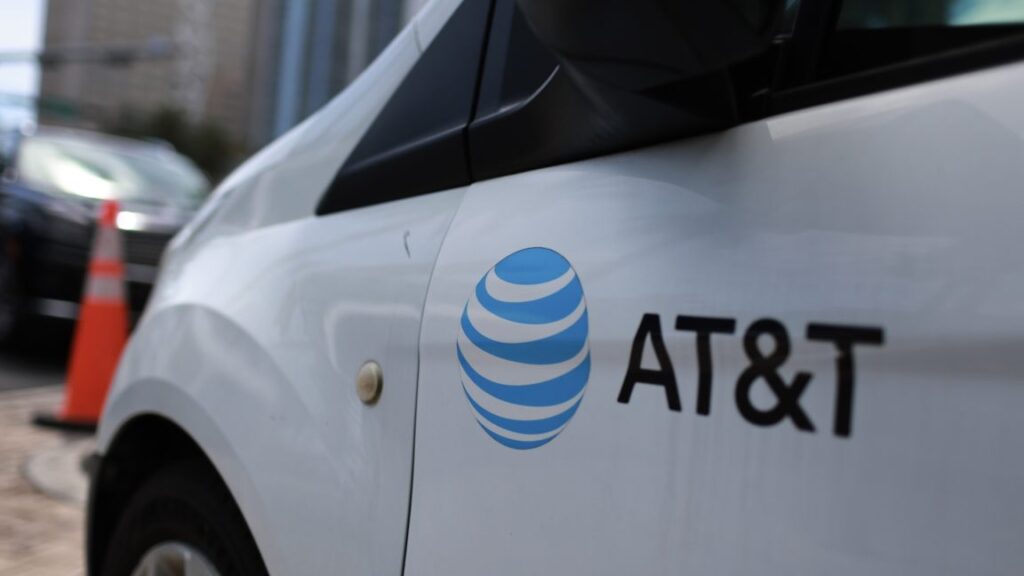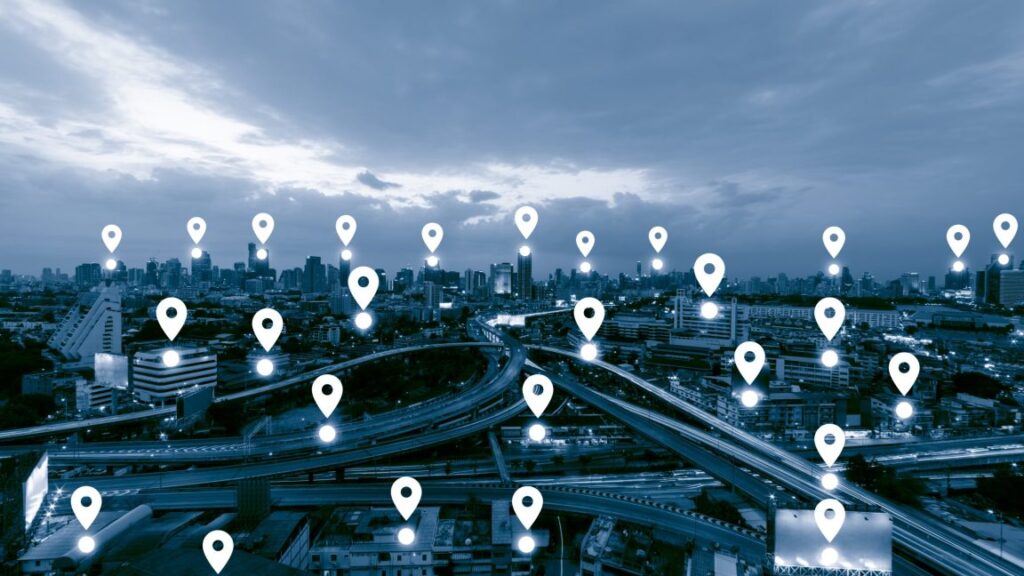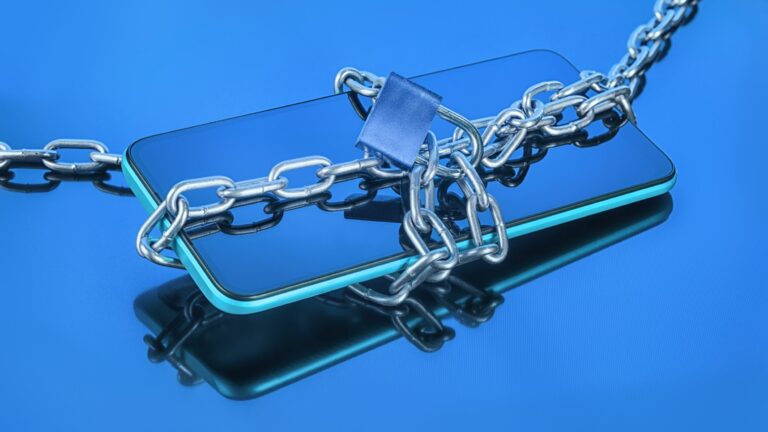AT&T falsely promised “everyone” a free iPhone, ad-industry board rules
“Focusing on the words ‘everyone gets,’ Verizon argued to NAD that the challenged advertising communicated an explicit message—that all AT&T subscribers are eligible for the trade-in offer—which it asserts was literally false because only subscribers to ‘qualifying’ AT&T plans are eligible. Verizon also argued that the advertisement communicated a comparable misleading message that all AT&T customers were eligible for the trade-in,” the NARB decision said.
While AT&T disclosed the offer limits, Verizon argued that the disclosure was not clear and conspicuous. Verizon said—and the NAD agreed—that the phrase “everyone gets” suggests everyone will get a free phone, not that everyone “can get” a free phone if they subscribe to AT&T’s more expensive plans.
AT&T claimed the ad was literally true because it did not say that everyone “will” get the free phone. “Rather, according to the advertiser, the challenged language communicates that all customers, current or new, can qualify for the offer and urges customers to ‘learn’ the details about the trade-in opportunity,” the NARB said.
AT&T argued that the word “learn” makes it clear there are limits on the offer. The NAD disagreed, saying that the “learn how” phrase “precedes the word ‘everyone,’ suggesting everyone is eligible to receive a phone, not that everyone can learn how to get a phone.”
AT&T also submitted the results of a customer survey, arguing that it proved customers seeing the ad understood the offer’s limitations. The NAD decided that the survey was methodologically unsound, while the NARB said that both AT&T and Verizon offered “plausible” interpretations of the results.
Panel: Buyers of low-cost plans likely duped
After hearing AT&T’s and Verizon’s arguments, the NARB panel decided “that the challenged advertising, on its face, conveys a false message and further does not clarify the message by disclosing a material limitation to the offer of a free cell phone in a clear and conspicuous manner.”
AT&T falsely promised “everyone” a free iPhone, ad-industry board rules Read More »
